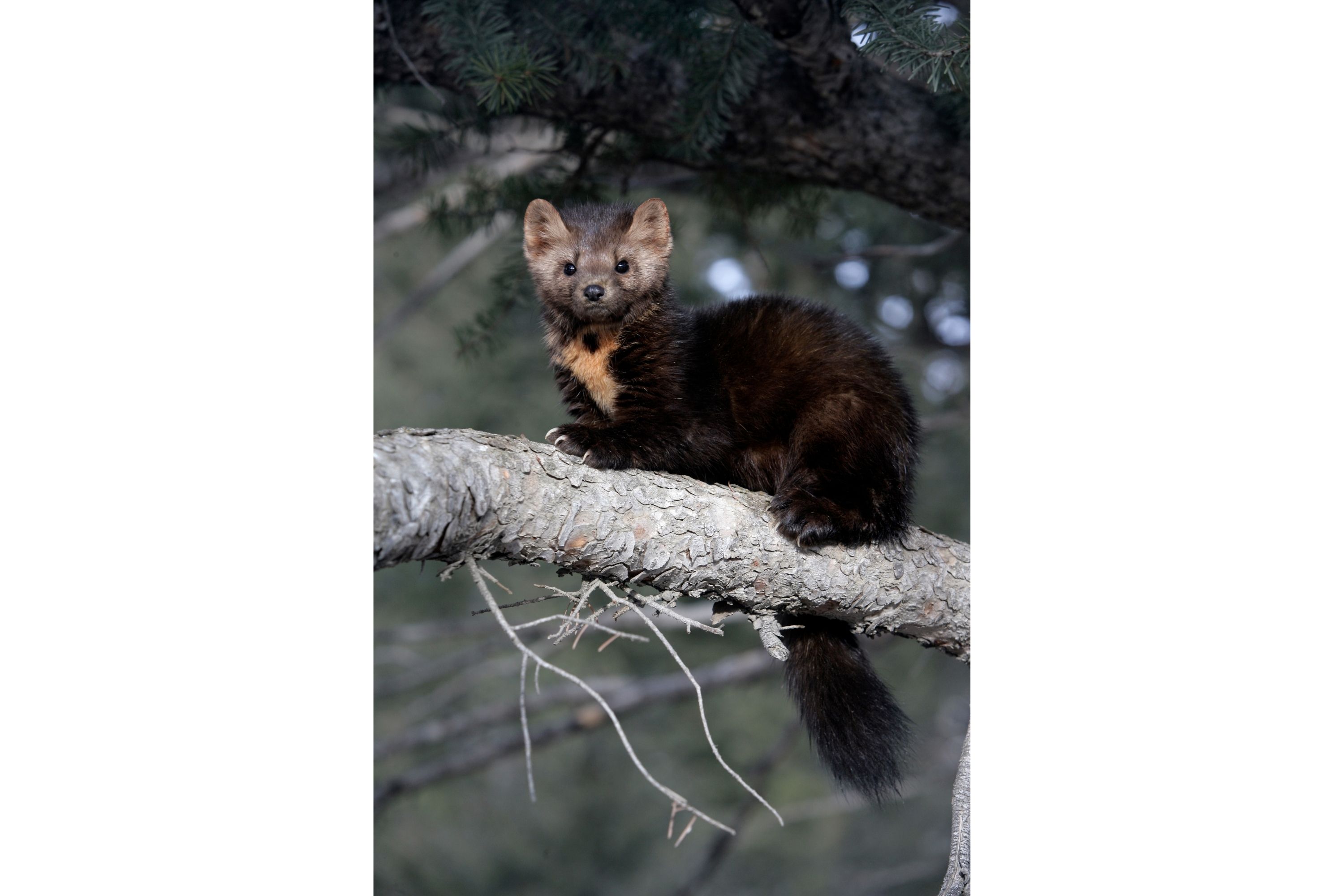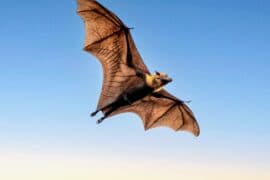Sable
(Martes zibellina)

Description
The sable (Martes zibellina) is a species of marten, a small omnivorous mammal primarily inhabiting the forest environments of Russia, from the Ural Mountains throughout Siberia, and northern Mongolia. Its habitat also borders eastern Kazakhstan, China, North Korea and Hokkaido, Japan. Males measure 38–56 centimetres (15–22 in) in body length, with a tail measuring 9–12 centimetres (3.5–4.7 in), and weigh 880–1,800 grams (1.94–3.97 lb). Females have a body length of 35–51 centimetres (14–20 in), with a tail length of 7.2–11.5 centimetres (2.8–4.5 in). The winter pelage is longer and more luxurious than the summer coat. Different subspecies display geographic variations of fur colour, which ranges from light to dark brown, with individual coloring being lighter ventrally and darker on the back and legs. Japanese sables in particular are marked with black on their legs and feet. Individuals also display a light patch of fur on their throat which may be gray, white, or pale yellow. The fur is softer and silkier than that of American martens. Sables greatly resemble pine martens in size and appearance, but have more elongated heads, longer ears and proportionately shorter tails. Their skulls are similar to those of pine martens, but larger and more robust with more arched zygomatic arches. Sables inhabit dense forests dominated by spruce, pine, larch, Siberian cedar, and birch in both lowland and mountainous terrain. They defend home territories that may be anything from 4 to 30 square kilometres (1.5 to 11.6 sq mi) in size, depending on local terrain and food availability. However, when resources are scarce they may move considerable distances in search of food, with travel rates of 6 to 12 kilometres (3.7 to 7.5 mi) per day having been recorded. Sables live in burrows near riverbanks and in the thickest parts of woods. These burrows are commonly made more secure by being dug among tree roots. They are good climbers of cliffs and trees. They are primarily crepuscular, hunting during the hours of twilight, but become more active in the day during the mating season. Their dens are well hidden, and lined by grass and shed fur, but may be temporary, especially during the winter, when the animal travels more widely in search of prey.
Taxonomic tree:







